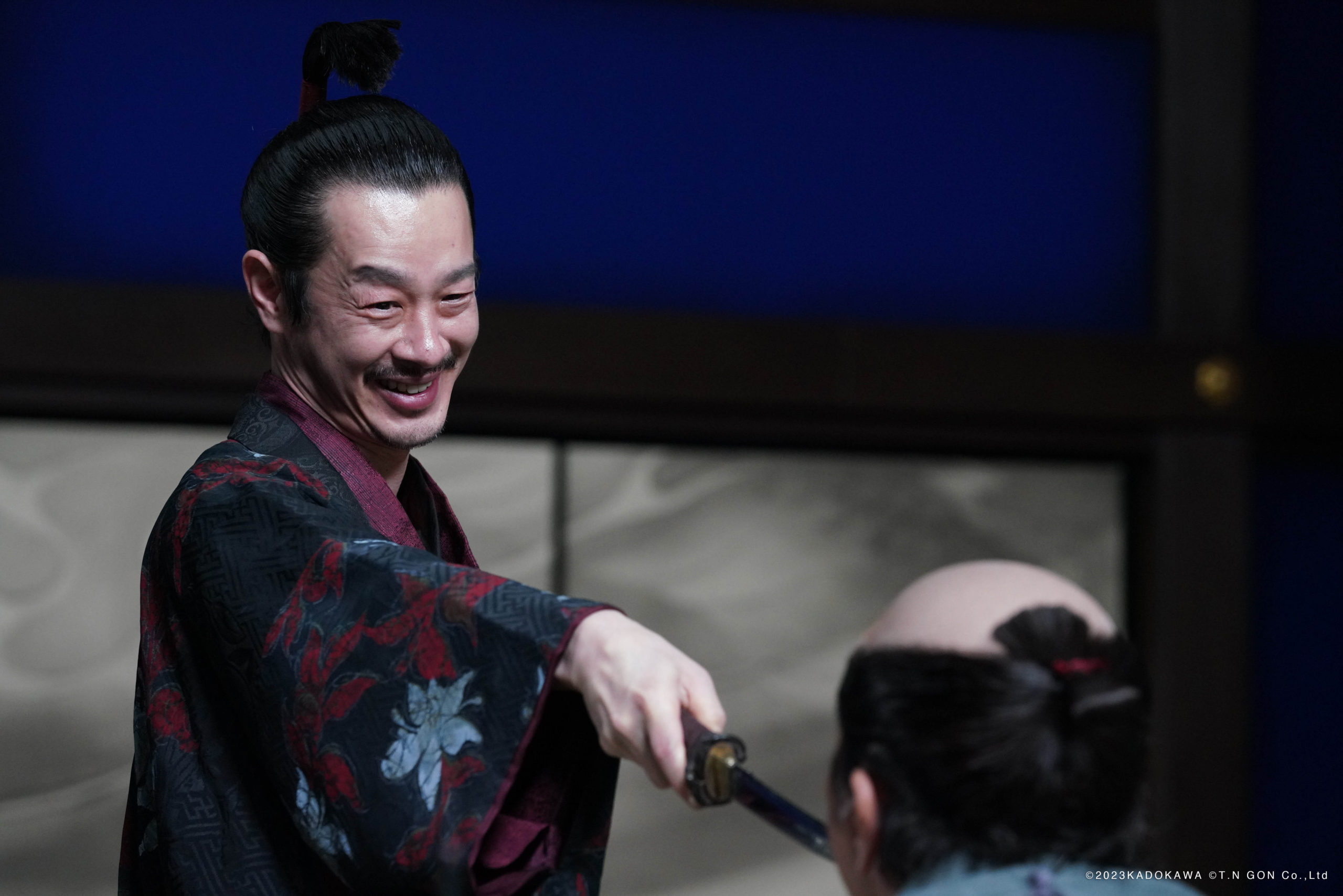Before he died, Akira Kurosawa predicted Takeshi Kitano’s long-gestating project Kubi, when made, can be a masterpiece on par with his own epic Seven Samurai. 30 years later, Kubi is here, but either Kurosawa was wrong, or something led Kitano to the wildly different direction of a commercial-friendly, hyper-violent blockbuster.
There’s nothing wrong with commercial cinema, and it’s nice to see commercial fare premiering in the same section as Close Your Eyes, Victor Erice’s similarly long-gestating, deadly serious piece of slow cinema, with just as much fanfare in the auditorium. Kubi is commercial cinema at its wicked best, with spontaneous, barbaric bursts of blood, even more unexpected bursts of homoeroticism and jokes, and a searing indictment of Japan’s history underneath.
Kubi tells the story of the Honnō-ji Incident in the 16th century, when several warlords under the reign of Oda Nobunaga scheme to take Nobunaga’s place. Multi-hyphenate Kitano (credited as his stage name Beat Takeshi) plays one of the warlords Hideyoshi himself, while Drive My Car star Hidetoshi Nishijima plays his rival Mitsuhide. Espionage ensues, heads roll, and many of the men involved sleep with one another, following “the samurai ways,” as the film calls it.
Kubi is first and foremost a blockbuster that seeks to entertain and challenge the throne of the most beheadings in any movie ever. The blood spurts are of the comical, Kill Bill kind, in which the exposed necks shower the screen with blood. The outrageousness eases the brutality, and within the first five minutes of the film, it’s obvious that under this exaggerated display lies an exposé if not condemnation of Japan’s violent past. Samurai violence – the swordplay, the beheadings, the seppuku – are now cultural exports of the country, and so all-encompassing is Kubi’s gleeful, cyclical exhibition that there is surely some questioning and deliberate branding of Japan’s national history and identity. The ending of Kubi arrives like the decapitation it shows: sudden, ironic, and meaningless, much like all its violent affairs.
The same applies to the sex. Contemporary audiences might not associate warlords fighting to their bitter deaths with gay romantic love, but Kubi shows a surprising side of history. Kubi makes clear that these men are not only fighting for power but also for love—that their romantic feelings for one another dictate their politics. Is that historically accurate? Not that this critic cares, as Kitano posits homosexuality as his solution to why the Honnō-ji Incident has confounded mainstream, heteronormative history, and reminds today’s increasingly fractured and conservative audience that homosexuality is very much rooted in our storied history. To see bearded, middle-aged men like Nishijima break their screen image, fondle and fall head over heels for one another like teenage boys is at least a discussion of onscreen masculinity worth having today, especially in Asian countries still conservative like Japan, if not a full-blown debunkery.
If you think there are too many names to follow in my above plot description, try watching the film itself. Kitano knows there are too many characters and names to keep track of, so in a desperate attempt, superimposes a label to every character on screen upon introduction. But perhaps such desperate measures are ultimately warranted, as Kitano pulls off the unlikely job of keeping the film’s long-winded narrative largely comprehensible. It attempts the structure of a densely plotted epic with multiple subplots of supporting characters like comedic reliefs to some success. Many reviews straight out of the Festival complain about the plot’s convolutedness, but this critic sees a streamlined, straightforward narrative – perhaps the reactions once again reveal the cultural limitedness of the largely Western audience’s gaze. At only 131 minutes of length, there’s a whole Game of Thrones season of plot here, and in today’s age of bloated content, there’s at least some merit in economy.
Tossing aside all potential overinterpretations, Kubi is a fun, wild ride, a competent-enough blockbuster. Some battle scenes look strapped for budget in medium shots, but Kitano wisely saves the epic wides for later. It looks autopilot-digital and contemporary like a modern-day studio product, but at least there are some standards in composition and period garb. Kitano is not in his serious phase, and he’s asking the audience to meet him where he’s at. Throw away expectations of a Ran or a Kagemusha; he’s decided to make a fun, entertaining blockbuster as his likely swan song, and who are we to judge him for that?

